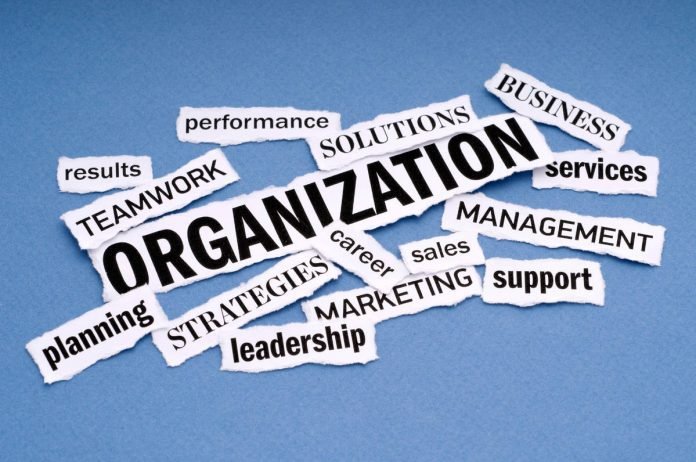Last Updated on March 22, 2024 by Nasir Hanif
The phrase “business organization” refers to how businesses are organized and how that structure aids them in achieving their objectives. Businesses are generally designed to focus on either making a profit or benefiting society. A for-profit organization is one that is only focused on making money. A nonprofit (or not-for-profit) organization is one that focuses on advancing the social good through the arts, education, health care, or some other sector and is not commonly referred to as a corporation.
A shared aim, coordinated effort, division of labor, and hierarchy of power are the four major components of an organization. From the perspective of a manager, operations are successful when a shared purpose is instilled to produce a coordinated effort across the business and resources are organized based on duties and decision-making. Each of the four elements is simple in theory, but they are all important parts of a well-designed structure.
Customer-based brand equity framework offers a deep insight into the brand value concept and the ways to evaluate it.
Table of Contents
Common Purpose
With an unclear purpose or goal, an organization can become disorganized very easily. A shared purpose brings employees together and guarantees that everyone is on the same page about the organization’s objectives. Managers must ensure that the common goal is effectively communicated throughout the organization. This goal is communicated by managers telling all employees on the company’s general strategy, mission statement, values, and short- and long-term objectives.
Coordinated Work
Working in collaboration to maximize resources is what coordination effort includes. The same goal is attained by coordinating the efforts of all individuals and groups inside a company. The different skill sets and personalities of the larger group must be utilized in a way that adds value. Managers’ most important role is to coordinate organizational effort since it encourages and allocates human resources in order to capture value.
Labor Division
For increased efficiency, division of labor is also known as work specification. It entails assigning certain elements of a larger assignment to different persons inside the company based on their strengths and expertise. An organization can delegate a complex work effort to specialists through the division of labor. An organization’s human resources are more efficiently used when complicated tasks are divided into specialized roles.
Hierarchy of Authority
The leadership structure, also known as power succession, ensures that the right people are assigned to the right jobs at the right time. While there are many distinct organizational systems, some with more centralization of authority than others, hierarchy is essential for effective decision-making. Organizations can be more efficient and productive if they know who will make decisions in specific situations, but decision-making can be hampered by authority uncertainty. Organizations can use authority to develop goals and techniques that will aid them in achieving a common aim.
A Strong Sales Strategy
The ultimate purpose of every business is to earn revenue. And this is only possible when leads are generated. For lead generation, you need to have an effective sales strategy in place. It should include everything; right from which sales channels you are using to which sales enablement toolsyou will provide your salesforce with. For the latter, you can rely on Content Camel. It is one of the best sales enablement toolsavailable online.
Operational Excellence
Businesses require a broad structure to achieve effective operations and continuous improvement. These standard operating procedures, which define who is doing what, where, and with what must be followed by everyone at all levels of a successful organization. The next two components will be challenging if your organization lacks operational excellence.
Customer Relation
Customers should be provided a general notion, if not a copy, of your company’s operational architecture. Invite customers to submit comments based on this approach. Make yourself and your staff available to customers to maintain customer relationships.
Financial Management
You’ll go bankrupt if you don’t have a financial management system in place to keep track of your monetary deposits and withdrawals. Business owners should know which accounts are profitable and which are not. For everything from bidding to budgeting, you should have a system in place to estimate spending.
There you go! By deploying these major components, it’s highly likely that your business will become a success story.



























